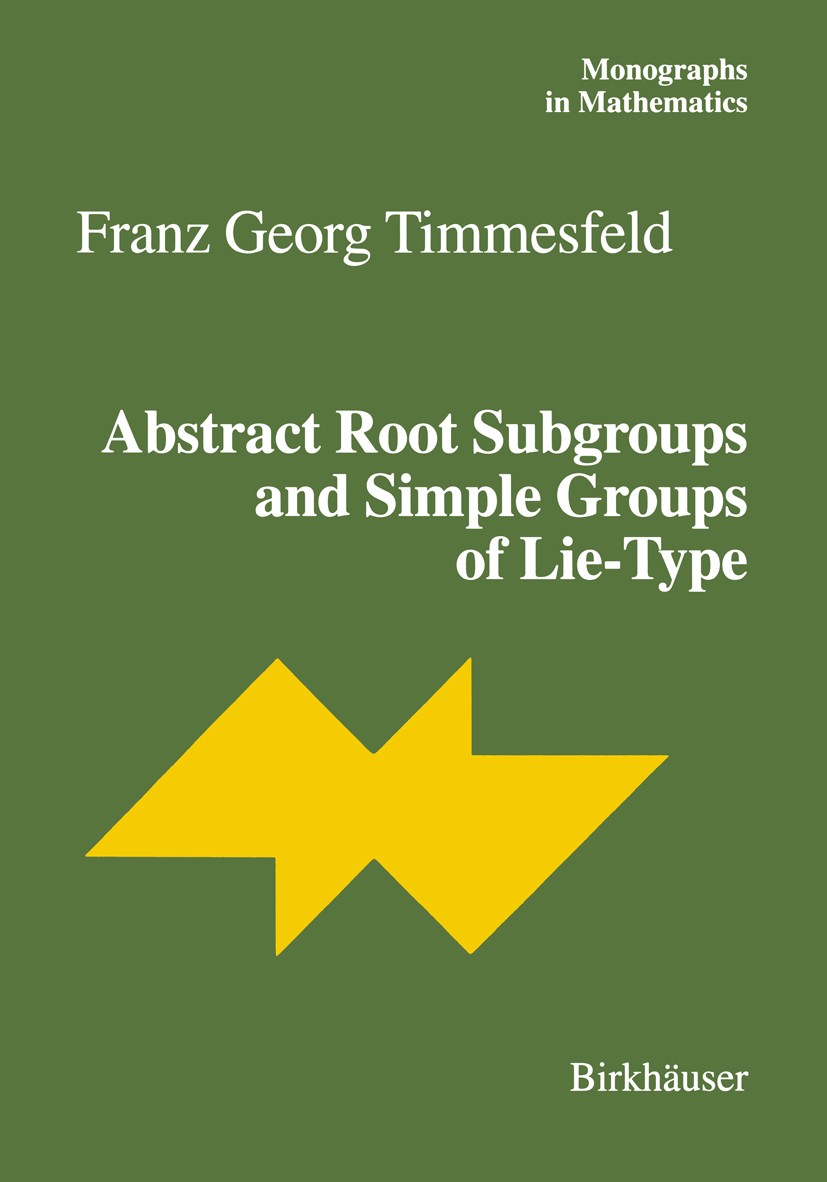| 期刊全称 | Abstract Root Subgroups and Simple Groups of Lie-Type | | 影响因子2023 | Franz Georg Timmesfeld | | 视频video | http://file.papertrans.cn/144/143467/143467.mp4 | | 学科分类 | Monographs in Mathematics | | 图书封面 |  | | 影响因子 | It was already in 1964 [Fis66] when B. Fischer raised the question: Which finite groups can be generated by a conjugacy class D of involutions, the product of any two of which has order 1, 2 or 37 Such a class D he called a class of 3-tmnspositions of G. This question is quite natural, since the class of transpositions of a symmetric group possesses this property. Namely the order of the product (ij)(kl) is 1, 2 or 3 according as {i,j} n {k,l} consists of 2,0 or 1 element. In fact, if I{i,j} n {k,I}1 = 1 and j = k, then (ij)(kl) is the 3-cycle (ijl). After the preliminary papers [Fis66] and [Fis64] he succeeded in [Fis71J, [Fis69] to classify all finite "nearly" simple groups generated by such a class of 3-transpositions, thereby discovering three new finite simple groups called M(22), M(23) and M(24). But even more important than his classification theorem was the fact that he originated a new method in the study of finite groups, which is called "internal geometric analysis" by D. Gorenstein in his book: Finite Simple Groups, an Introduction to their Classification. In fact D. Gorenstein writes that this method can be regarded as second in importance for the classification of fin | | Pindex | Book 2001 |
The information of publication is updating

|
|
 |Archiver|手机版|小黑屋|
派博传思国际
( 京公网安备110108008328)
GMT+8, 2025-11-15 04:34
|Archiver|手机版|小黑屋|
派博传思国际
( 京公网安备110108008328)
GMT+8, 2025-11-15 04:34


